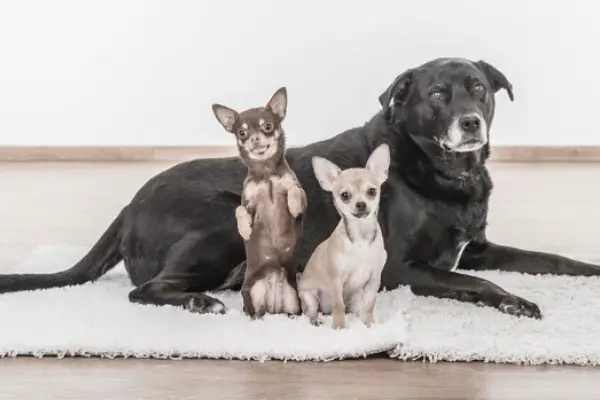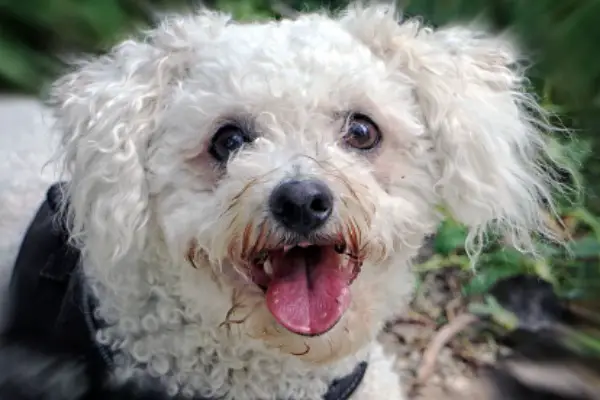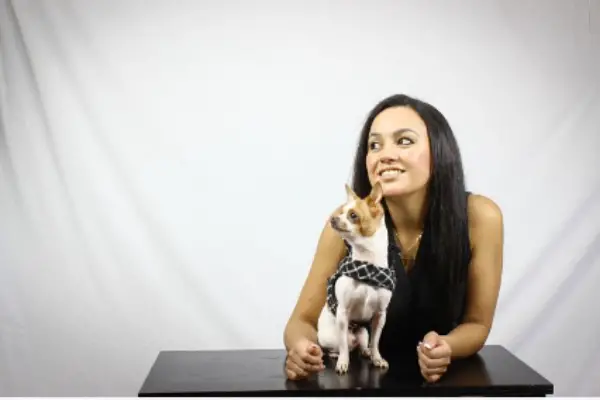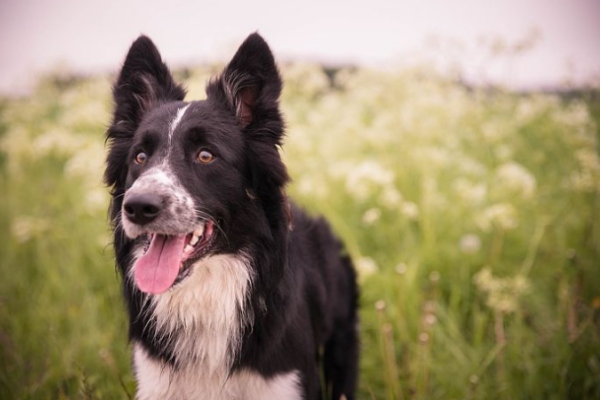Do Chihuahuas Get Along With Other Dogs: 9 Cons, Pros & Steps

Because of their sizes people always ask do Chihuahuas get along with other dogs, and that’s exactly what this post is all about!
We will be discussing the common step involved in the introduction of a new dog to your resident Chihuahua, this is the steps you should carefully follow.
We will also outline some common benefits of getting a second dog for your Chihuahua and finally, we will outline the cons of getting a second dog for your Chihuahua.
But before we proceed, let me quickly answer your question do Chihuahuas get along with other dogs!
Do Chihuahuas Get Along With Other Dogs
Despite the fact that Chihuahuas are social dogs they have a bossy personality, they do not get along well with other dogs very well and would require proper socialization and obedience training sessions to accept and live with other dogs.
However, because of their size and the fact that pairing any toy breed with a large breed may result in them being accidentally harmed, Chihuahuas are better paired with other toy dogs.
If you need to bring in another dog, we recommend getting another Chihuahua or a toy dog with a similar demeanor.
To get the best result from keeping a Chihuahua with other dogs, it is recommended you get both dogs and integrate them from the puppy stages so that they grow up together.
Here are some breeds of dogs that get along well with Chihuahua:
- Chihuahua
- Maltese
- Pugs
- Shih Tzu
- Yorkies
How to introduce a new dog to Chihuahuas
When introducing a new dog to a Chihuahua, follow these steps:
Step 1: Keep your Chihuahua stuff private
Look around your house for anything valuable to your Chihuahua, such as a food dish, toys, or a bed.
Before going on to the next step, keep anything that belongs to your Chihuahua out of sight for your Chihuahua to avoid resource guarding.
This is to minimize unwanted possessive behaviors, as your Chihuahua may feel compelled to defend his belongings from the new dog, which might result in conflict.
Step 2: Invite your family member or a friend to help
Invite a family member or a friend, since two people are much simpler to manage the introduction than one.
If your Chihuahua is aggressive and possessive, I recommend finding a neutral location that your Chihuahua cannot own.
Take a short stroll with both dogs on a leash, pass the new dog to your buddy, and manage your Chihuahua.
Keep your chihuahua on your side and your friend’s new dog on his or her side, then observe the behavior of both dogs.
Step 3: Go for a walk with both dogs
Allow your buddy to walk in front of you and your Chihuahua with the new, but keep a pleasant attitude and avoid panicking since your Chihuahua can sense your energy.
Allow your buddy to stroll in front of you and your Chihuahua for 2 to 3 minutes while exchanging positive energy.
Then reverse positions, with you in front with your Chihuahua and your buddy in rear with the new dog, and continue for two to three minutes.
Because dogs utilize smell to form or maintain ties, this method allows both dogs to become acquainted with one another.
If one of the dogs becomes nervous or worried, exchange positions while walking until both dogs are calm.
Step 4: Let both dogs walk next to each other
Allow both dogs to walk beside each other if they are fine and lively while on the walk.
It will be obvious if the two dogs get along since none will behave wired or aggressive toward the other.
If both dogs are lively, let them play; if they are still nervous, keep walking until they have formed a strong link and are beginning to accept one other.
It’s time to go home when this orientation stroll is completed!
Step 5: Take both dogs home
To minimize over-excitement and needless actions, don’t over-pet your dog on the way home.
Keep both dogs on a leash and avoid putting strain on the leash since this might send negative emotions or energy to both dogs.
Try to start something that both dogs will like, such as performing some light exercise or watching dog movies; anything that will help them bond will be beneficial.
Step 6: Feed both dogs the same time
It’s time for both dogs to eat for the first time.
If you have a crate, you can keep both dogs near to each other in their own crates to minimize needless behaviors.
This will assist you in determining whether any of the dogs have food aggression and how to address it.
Most essential, don’t display too much one-sided affection, since either of the dogs might become irritated.
Step 7: Schedule playing and training time together
Begin any activity or play that involves both dogs, such as retrieving the ball or any other form of entertainment.
You may even show certain movies to both dogs as they sit and watch.
Make sure you have two beds, two toys, two feeding plates, and two drinking plates, among other things.
Never let both dogs out of your sight on the first day.
Take your time and repeat every procedure that didn’t work.
Obedience training should be combined with other types of training.
Teach both dogs how to sit, stay, heel, and paw, for example. All of this should be accomplished in concert.
Warning and extra tips
- Separate the dogs for feeding by using doors, dog gates, or crates in the first few days.
- Make sure there are calm spaces where the dogs can get away from each other.
- Studying both dog’s body language in order to intervene if the dogs grow agitated before a fight breaks out.
- When it comes to toys and resting locations, keep an eye on the both dogs.
- You’re keeping a close eye on the dogs while they play.
- Ensuring that the dogs get adequate exercise together.
- You may train both dogs to use hand targets and “go to mat” behaviors to help them relax.
Reasons Chihuahuas reject other dogs
Here are a few reasons why your Chihuahua could have trouble getting along with other dogs:
- Temperament issues.
- Bossy nature of Chihuahuas.
- Poor or lack obedience training sessions.
- Traumatic experience from either of the dogs.
- Poor or lack of proper socialization.
- Fear
Cons of getting a second dog for Chihuahuas
Here are some of the most prevalent reasons why you shouldn’t acquire a second Chihuahua:
- It might be difficult to train a Chihuahua and other pets at the same time.
- It’s a lot of work grooming a Chihuahua and a second dog, especially if they are both long hair.
- A second dog may teach a Chihuahua a negative behavior.
- Having a Chihuahua and another dog might lead to jealously and conflict.
- Adding a second dog to your Chihuahua’s household can quadruple the expense of upkeep.
- Adding a second dog to your Chihuahua’s household may increase the likelihood of aggressiveness.
- If you maintain a Chihuahua or another dog, you will have more mess to clean up.
- Having a second dog, especially with a Chihuahua, increases your standard of living.
- Taking a Chihuahua and another dog on a walk is a lot of work.
Pros of getting a second dog for Chihuahuas
The following are some of the most prevalent advantages of getting a second dog for your Chihuahua:
- Separation anxiety in Chihuahuas can be avoided by getting a second dog.
- The second dog aids in the socialization of Chihuahuas.
- Getting a second dog might assist with some of your Chihuahua’s behavior troubles.
- When Chihuahuas have a second dog, they receive more activity by helping each other play.
- A second dog may be beneficial in resolving Chihuahuas aggressiveness.
- Boredom and loneliness can be avoided by getting a second dog.
- Getting a second dog is a way of instilling more responsibility in your Chihuahua.
- The addition of a second dog can help to strengthen individualized companionship of both dogs.
- Two canines can become friends and playmates.
- Having a second dog can help you overcome your fears and shyness.
With the information provided on this page I hope your question Do Chihuahuas Get Along With Other Dogs was answered!





![Training Tips For Dogs [13 Types of Dog Training] Training Tips For Dogs](https://petcreeks.com/wp-content/uploads/2023/09/dog-5020587_640.jpg)
